Rome stands as humanity’s greatest open-air museum—a living timeline where ancient stones tell stories spanning nearly three millennia of continuous civilization. The Eternal City earned its nickname through the remarkable preservation of structures that have witnessed empires rise and fall, religions transform societies, and artistic movements reshape human culture.
Walking Rome’s streets means stepping through layers of history, where each excavation potentially reveals another chapter in the city’s unparalleled narrative. For history enthusiasts and those captivated by archaeological wonders, Rome offers an unmatched concentration of significant sites.
Here is a list of 15 historical attractions that showcase Rome’s extraordinary past from various eras.
The Colosseum
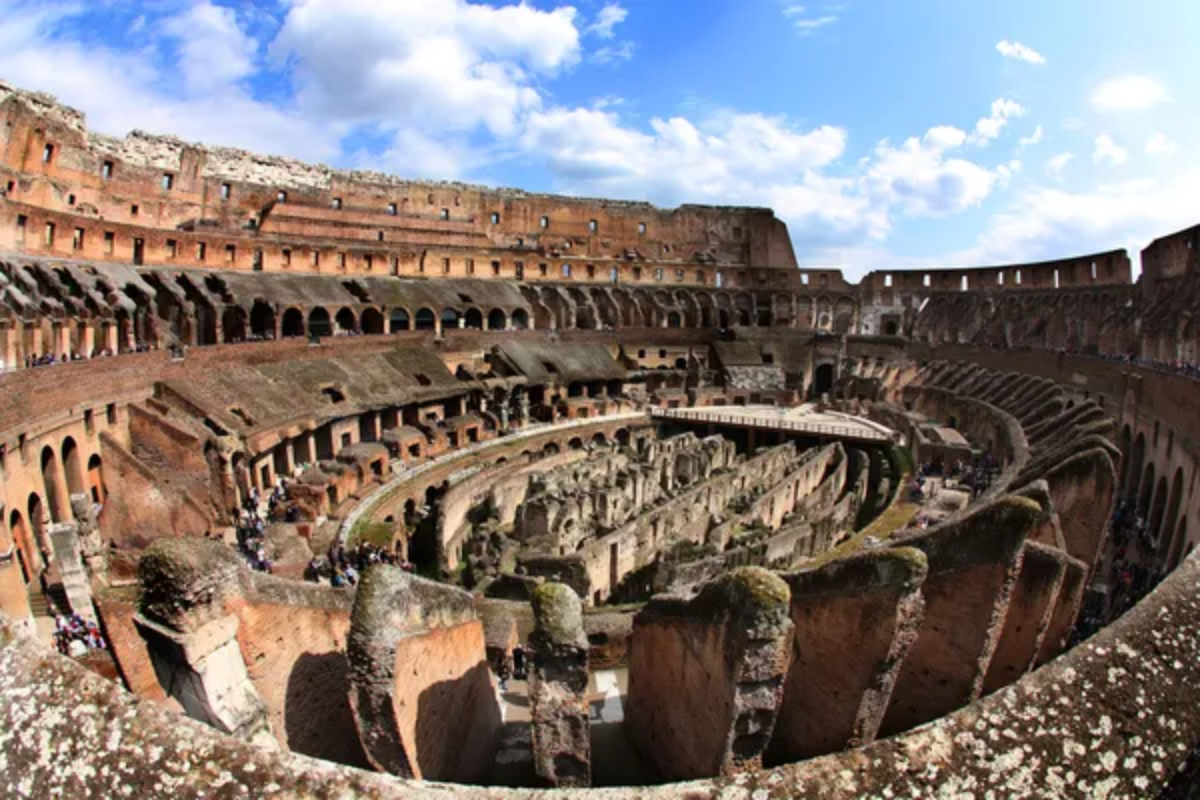
This iconic amphitheater represents imperial Rome at its engineering apex and symbolic center. The structure’s massive scale—capable of seating 50,000 spectators—remains impressive even by modern standards, while its ingenious design included features like retractable awnings and underground staging areas that would challenge today’s architects.
Recent restoration work has reopened previously restricted areas, including the hypogeum—the complex substructure where gladiators and animals awaited their appearances. Standing in this monumental space connects visitors directly to both the technical brilliance and moral complexities of ancient Roman society.
The Roman Forum
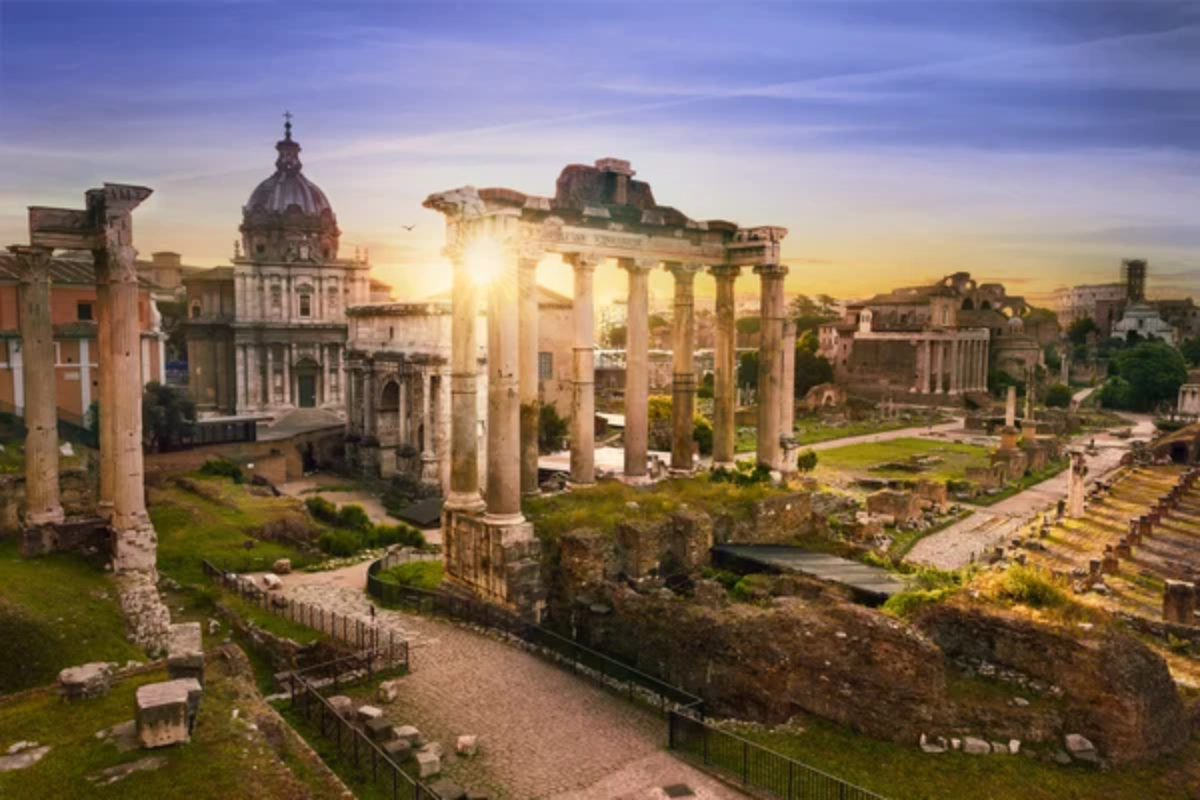
religious heart for over a millennium. What appears initially as a scattered collection of broken columns gradually reveals itself as a comprehensible urban center when explored systematically. The Senate House, various temples, and triumphal arches created the backdrop for daily Roman life and historic moments alike.
Walking the ancient paving stones—still showing chariot wheel ruts—provides a physical connection to figures like Julius Caesar, who walked these same paths during pivotal historical moments.
Like Travel Pug’s content? Follow us on MSN.
Palatine Hill
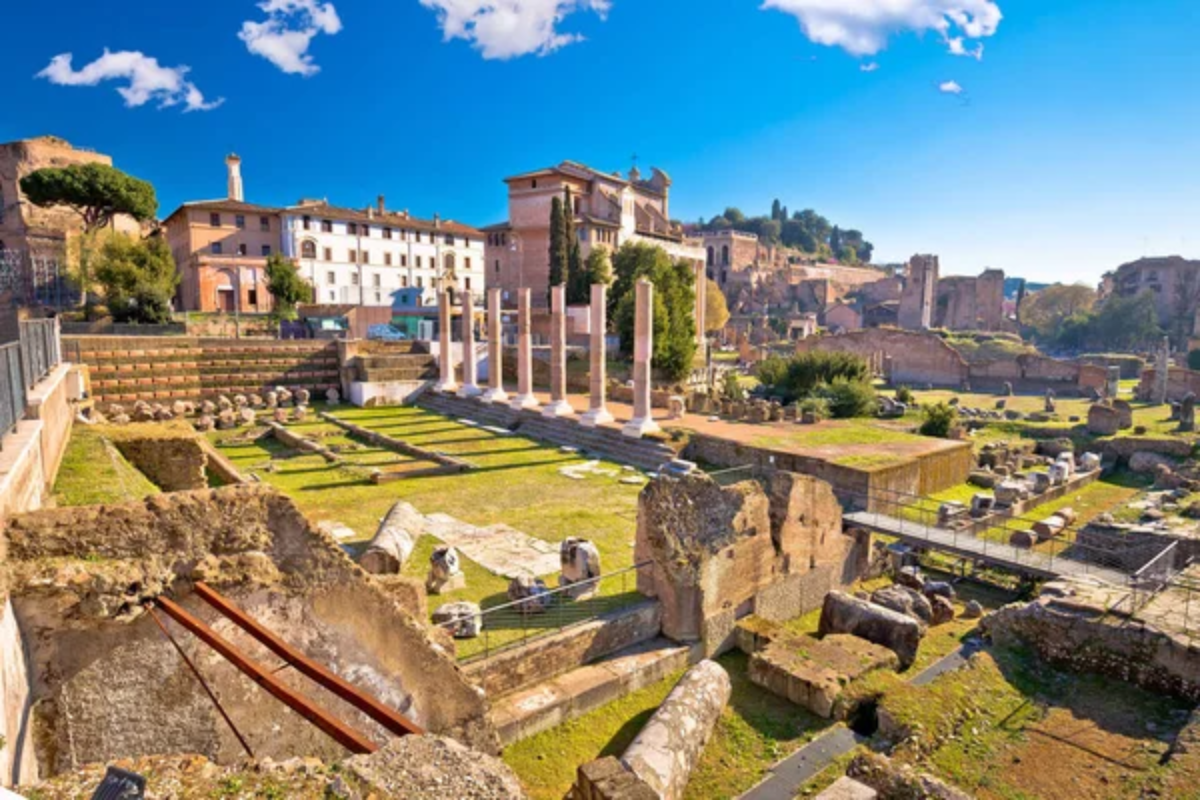
Overlooking the Forum, this elevated area housed Rome’s most powerful citizens, including emperors who gradually transformed the hill into an imperial palace complex. Archaeological work continues uncovering new sections of these vast structures, including Augustus’s house with remarkably preserved frescoes.
The hill offers both spectacular ruins and panoramic views across Rome’s historic center, helping visitors understand the city’s topographical development. Gardens reconstructed according to ancient descriptions add sensory dimensions to the experience, particularly in spring when roses and herbs fill the air with fragrance.
Pantheon
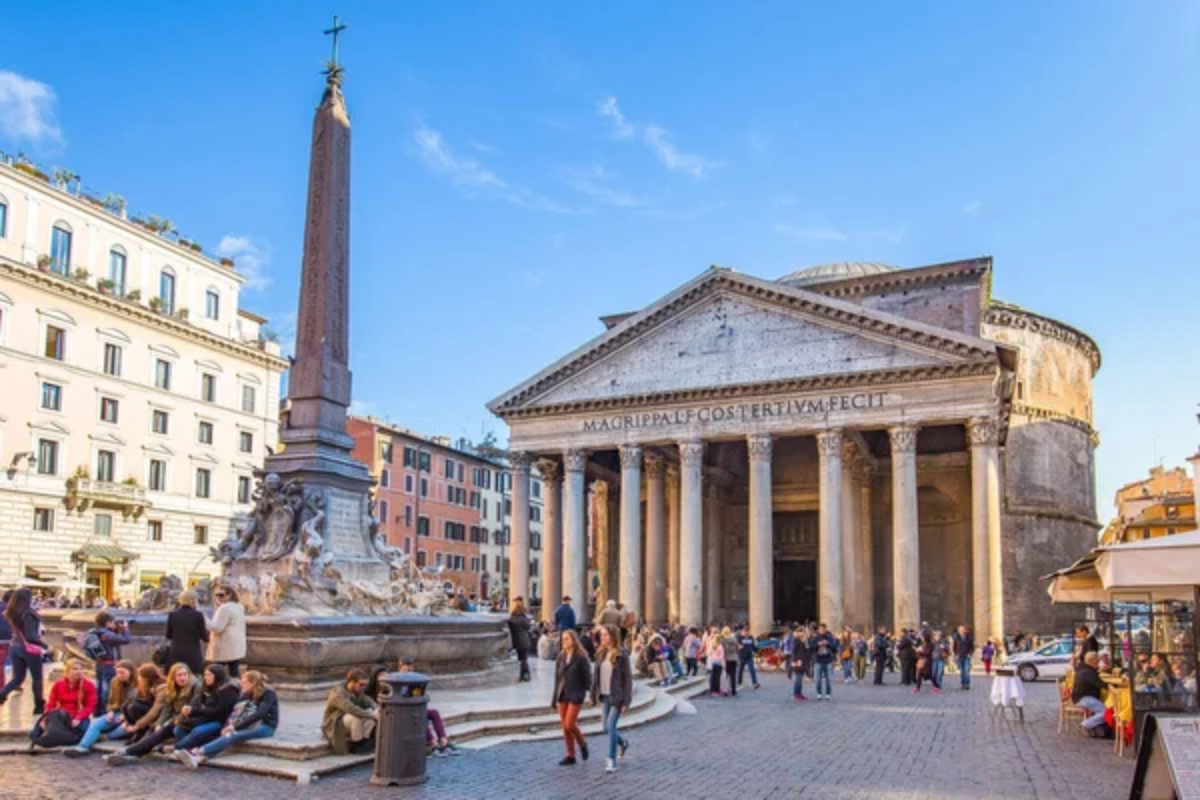
This architectural masterpiece represents Rome’s most perfectly preserved ancient structure—functioning continuously since its completion around 126 CE. The building’s mathematical proportions—its height exactly equals its diameter—create perfect harmony, while the unreinforced concrete dome remained the world’s largest for over thirteen centuries.
The oculus, an open circular skylight at the dome’s apex, creates dramatic light effects that track solar movements throughout the day. The structure’s conversion to a church in the 7th century saved it from the dismantling that claimed many ancient buildings.
Baths of Caracalla
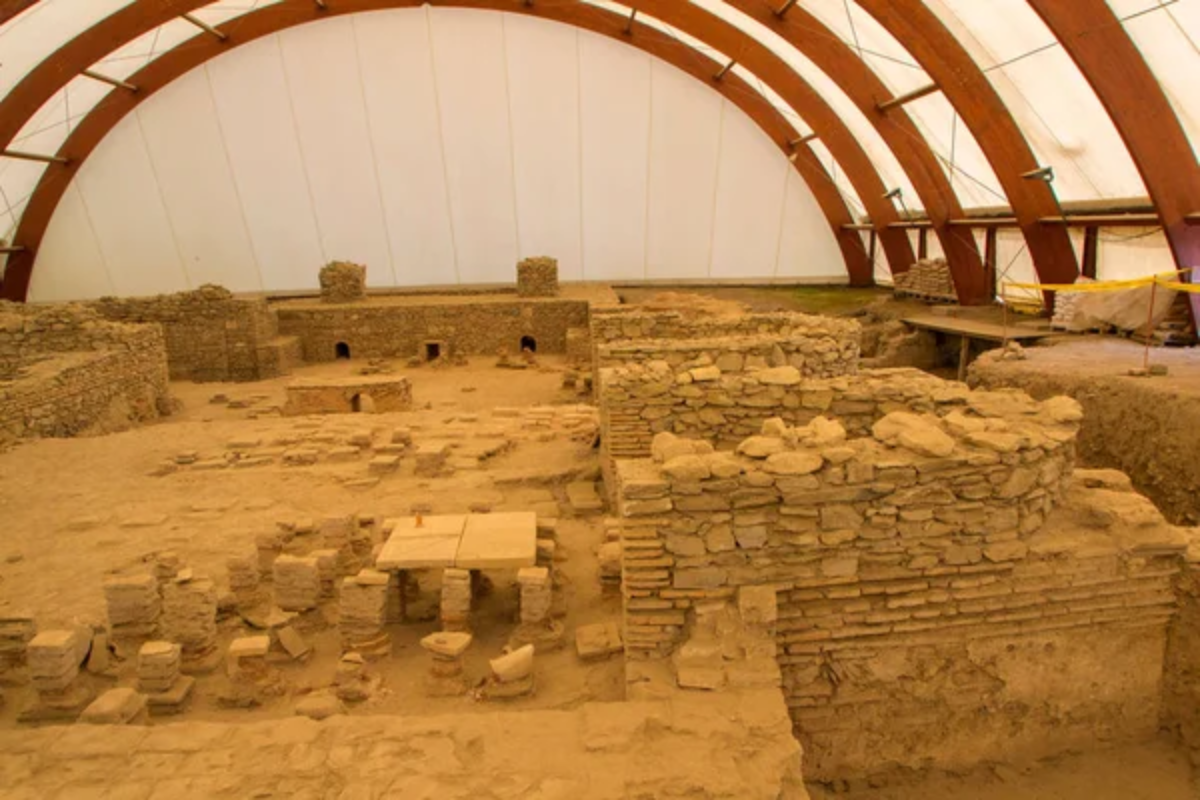
These massive public baths demonstrate Roman engineering on its grandest scale, with structures that once housed libraries, gymnasiums, hot and cold bathing facilities, and social gathering spaces for thousands of daily visitors. The remaining walls tower several stories high, with fragments of marble facing and mosaic flooring hinting at original opulence.
Underground service passages reveal the complex water management systems that made these facilities possible. Summer opera performances staged among these ruins create unforgettable connections between Rome’s past and present cultural expressions.
Like Travel Pug’s content? Follow us on MSN.
Trajan’s Market
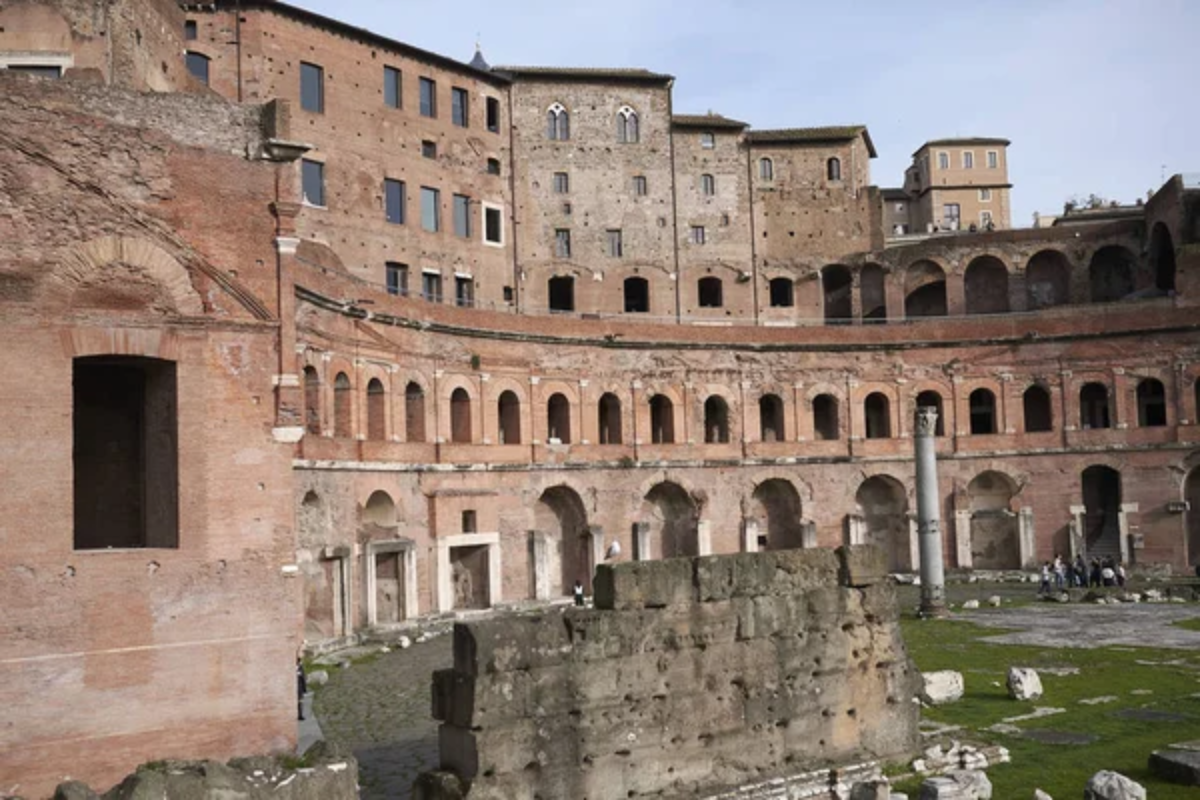
This multi-level commercial complex represents the world’s first shopping mall—an architectural innovation that housed approximately 150 shops and administrative offices near the Roman Forum. The curved structure followed the contours of the adjacent hillside, utilizing space efficiently while creating a visually striking facade.
Today, visitors can explore multiple levels connected by the original ancient staircases, examining shops of different sizes that once sold goods from throughout the empire. The site now houses the Museum of the Imperial Forums, displaying artifacts recovered from nearby excavations.
Via Appia Antica
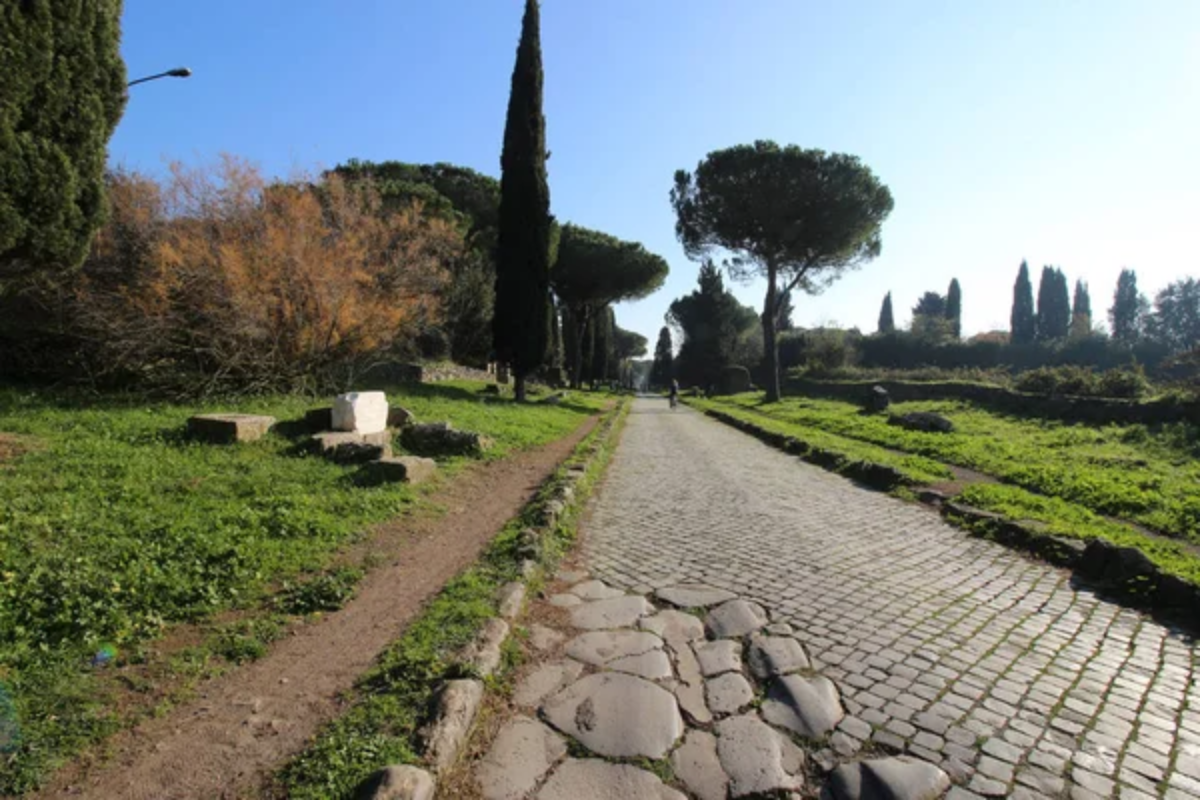
This ancient highway, begun in 312 BCE, connected Rome to southern Italy through a remarkable feat of engineering that included sections still perfectly intact after two millennia. Sunday closures to vehicle traffic create ideal walking conditions along the original Roman paving stones, passing catacombs, mausoleums, and aqueduct remains.
Tombs lining the route outside the city walls—where ancient law required burials—range from modest markers to elaborate family mausoleums. The road’s straight path cutting through the countryside demonstrates Roman pragmatism and engineering precision.
Ostia Antica
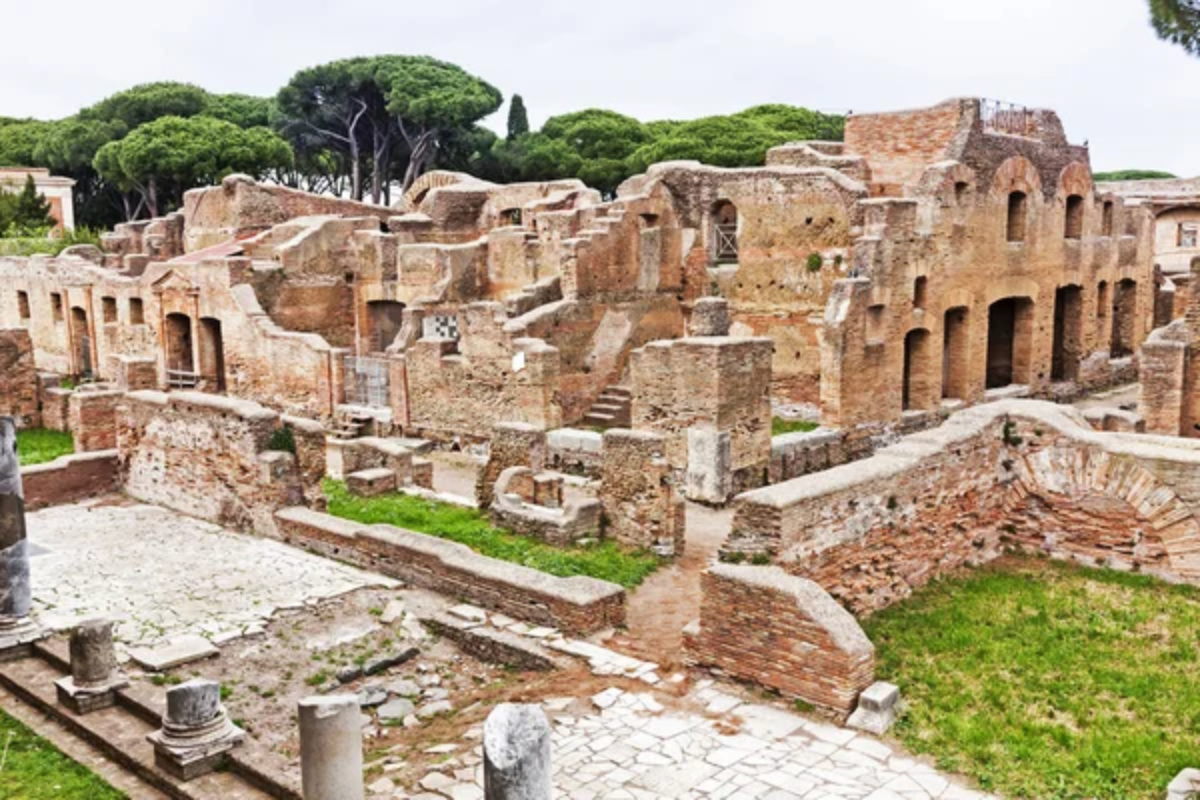
This remarkably preserved ancient port city offers a less crowded alternative to Pompeii, with equally impressive ruins just 30 minutes from central Rome. The site features intact apartment buildings, warehouses, temples, taverns, and public facilities including a theater still used for summer performances.
Mosaics remain in their original locations, including the famous baths of Neptune and detailed shop signs indicating businesses from food vendors to shipping offices. Wandering these quiet ruins provides insights into everyday Roman life beyond the capital’s monumental structures.
Like Travel Pug’s content? Follow us on MSN.
Domus Aurea
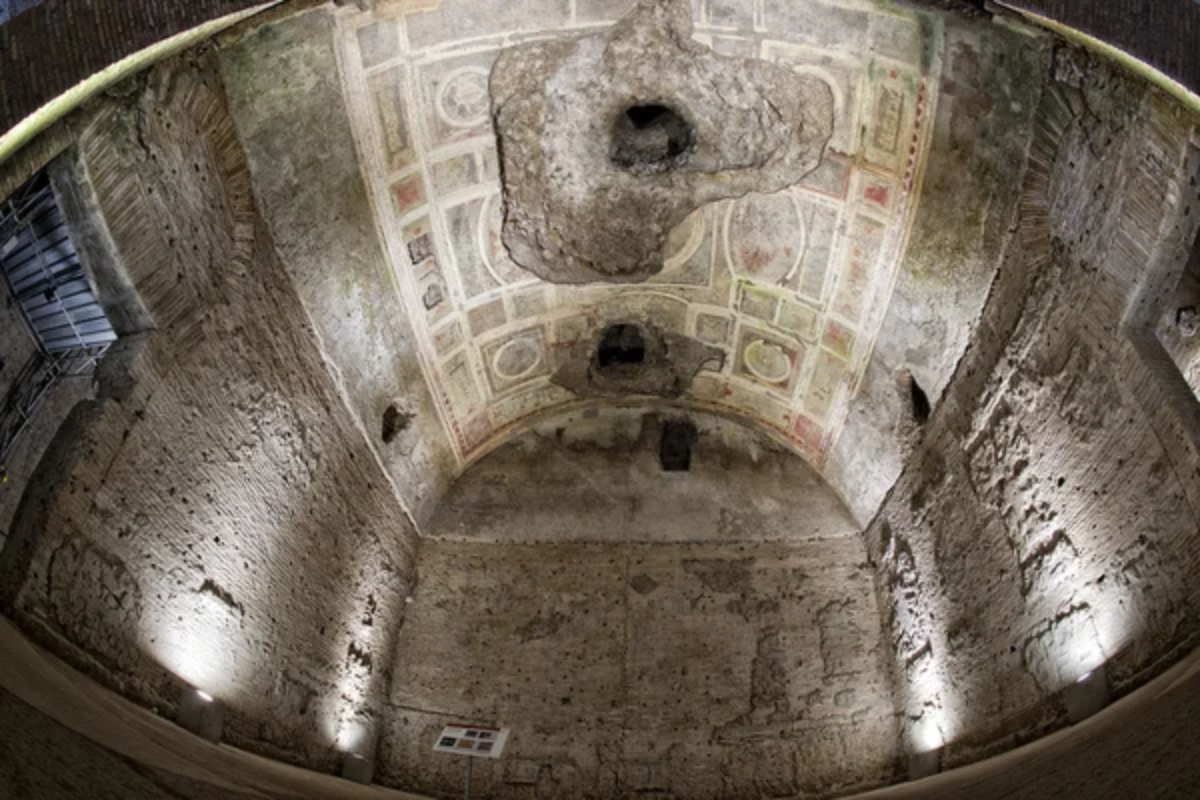
Nero’s infamous “Golden House”—partially excavated beneath later structures—represents one of Rome’s most fascinating ongoing archaeological projects. Weekend tours require hard hats as visitors descend into underground rooms where remarkable frescoes remained hidden for centuries after the palace was intentionally buried following Nero’s downfall.
Virtual reality headsets available during tours reconstruct the original appearance of spaces now darkened and fragmented. The complex once covered an area larger than Vatican City, with artificial lakes, rotating dining rooms, and gold-covered surfaces that created its namesake appearance.
Largo di Torre Argentina

This square preserves four Republican-era temples discovered during 1920s construction work, sunken below modern street level in testimony to Rome’s archaeological layers. The site recently reopened for walkthrough tours after decades of being viewable only from above.
The area also contains portions of Pompey’s Theater—where Julius Caesar was assassinated—though the exact spot lies under a modern roadway. The ruins now famously house a cat sanctuary, creating surreal scenes of felines lounging atop 2,000-year-old structures.
Capitoline Museums
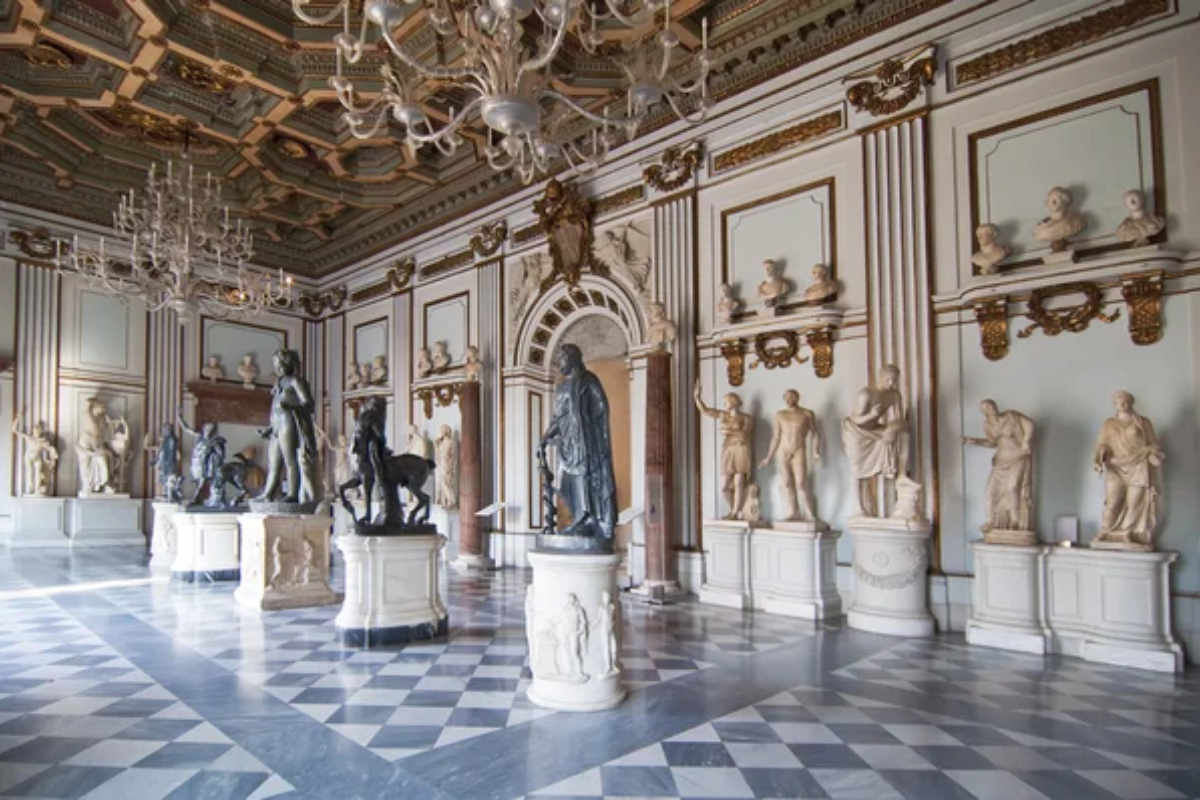
Housed in buildings designed by Michelangelo atop Capitoline Hill, these connected museums contain many of Rome’s most significant ancient artifacts, displayed where Romans have collected art since antiquity. The original bronze equestrian statue of Marcus Aurelius (replaced by a replica in the square outside) anchors collections that include the iconic she-wolf nursing Romulus and Remus, and the dying Gaul sculpture.
The museums sit directly above the massive Temple of Jupiter foundations, accessible through the museum complex. Underground passages connect the two museum buildings through ancient ruins.
Like Travel Pug’s content? Follow us on MSN.
Catacombs of San Callisto
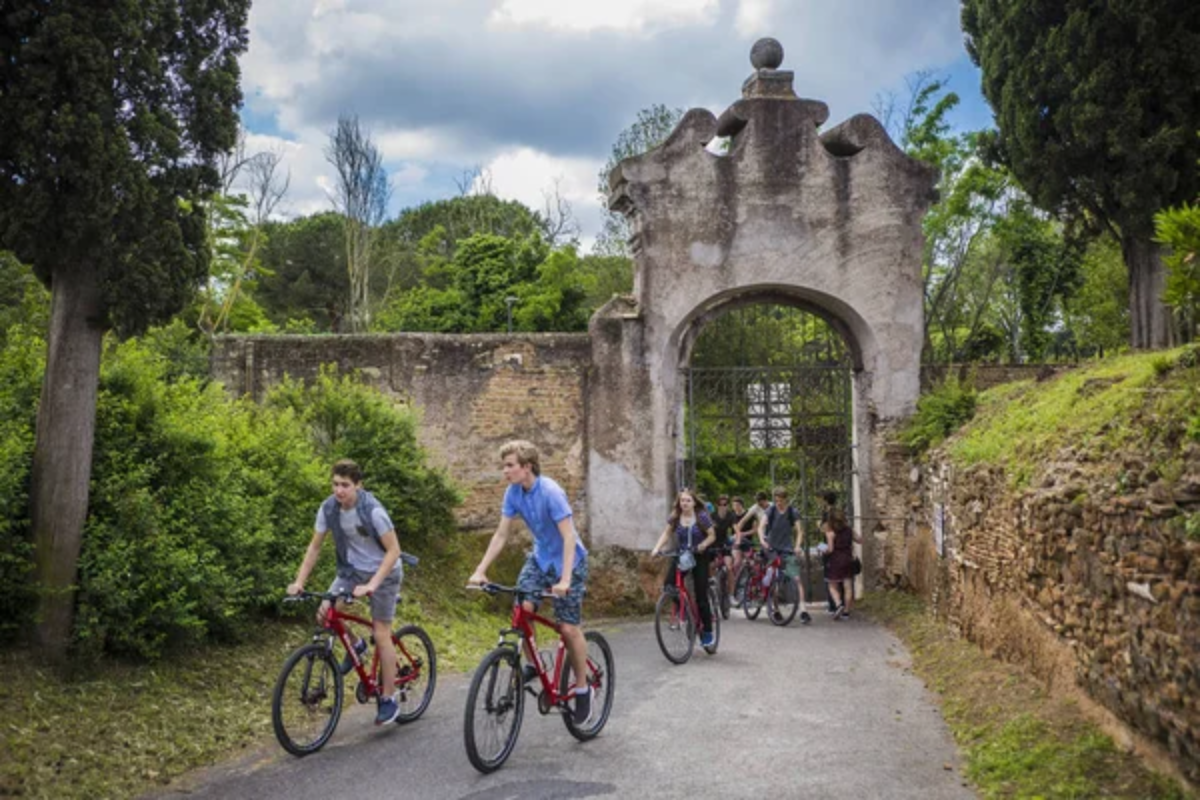
These extensive underground burial tunnels stretch for nearly twelve miles over four levels, housing half a million graves, including early popes and martyrs. The complex demonstrates how early Christian communities adapted to burial prohibitions within city limits and persecution that necessitated discretion.
Simple religious symbols painted directly on tomb walls show Christianity’s visual language developing before it emerged as Rome’s state religion. The cool, quiet passages provide a powerful contrast to Rome’s sunbaked ruins above ground.
Castel Sant’Angelo
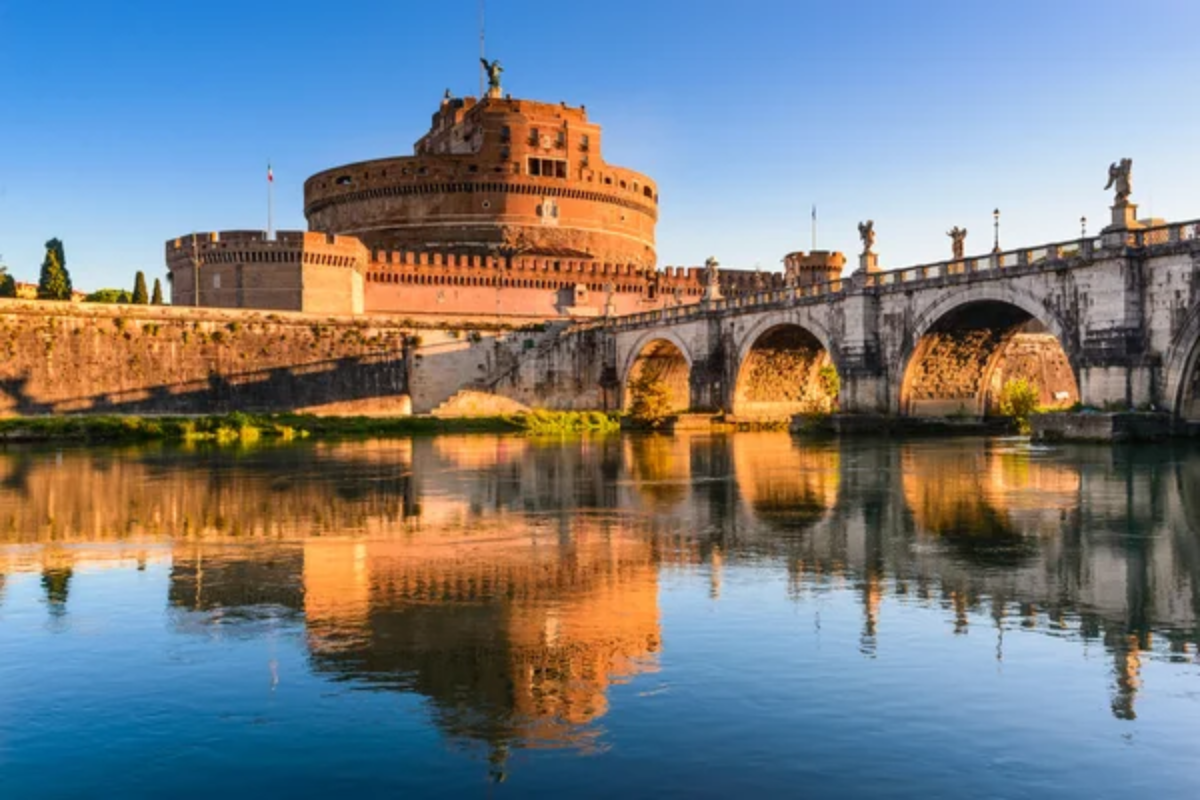
Originally built as Emperor Hadrian’s mausoleum, this cylindrical structure evolved over centuries into a fortress, papal residence, and prison—physically embodying Rome’s historical transitions. The monument connects to Vatican City via an elevated passageway that provided escape routes for popes during attacks.
Internal spiral ramps designed for funeral processions now lead visitors through various historical layers, including Renaissance papal apartments with frescoes by Raphael’s workshop. The roof terrace offers spectacular views across Rome, particularly of St. Peter’s dome.
Ara Pacis Museum
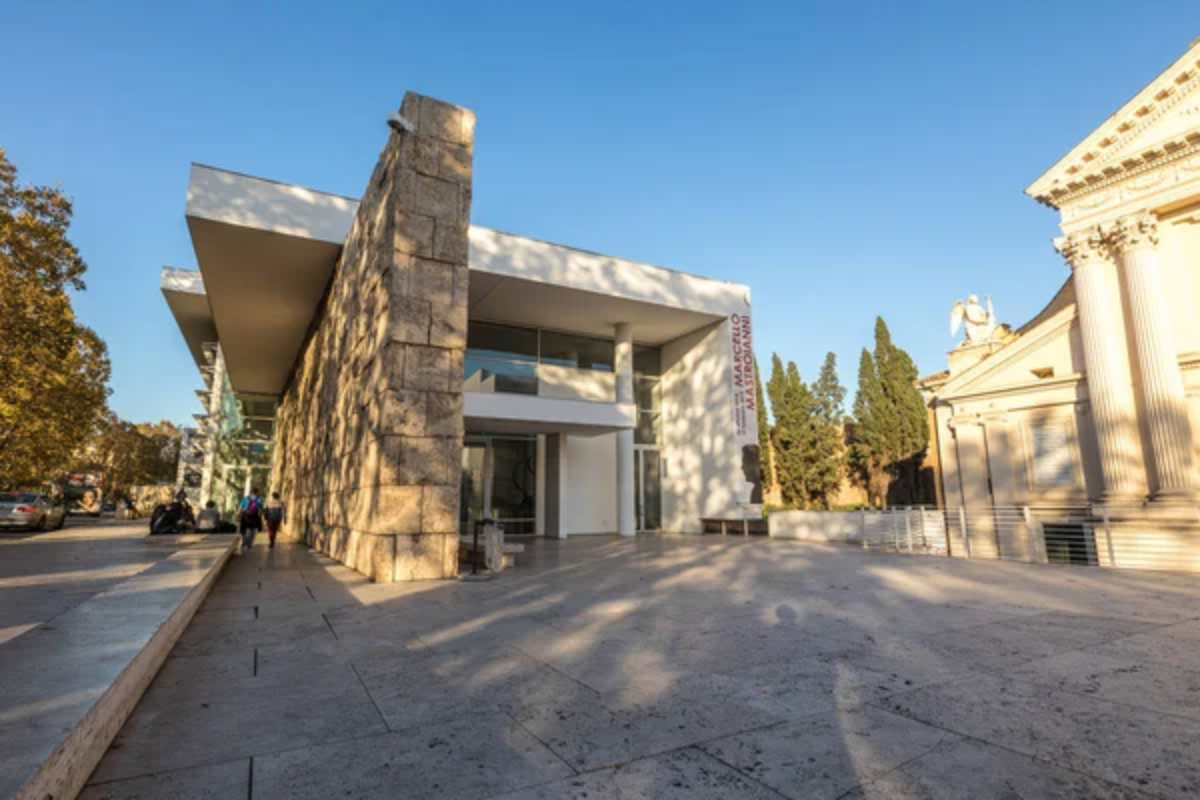
This modern structure houses Augustus’s Altar of Peace—a masterpiece of Roman sculpture completed in 9 BCE to celebrate imperial peace achievements. The altar’s elaborately carved marble panels combine mythological scenes with a procession of imperial family members, creating propaganda in stone that established visual patterns for imperial portraiture.
The transparent museum, designed by architect Richard Meier, creates a deliberate contrast between ancient and contemporary aesthetics while providing ideal conservation conditions. The altar’s original location, determined through Renaissance-era excavations, was several blocks away.
Like Travel Pug’s content? Follow us on MSN.
Terme di Diocleziano

Emperor Diocletian’s massive bath complex has undergone fascinating adaptive reuse over centuries—its structures now house the National Roman Museum and a functioning church designed by Michelangelo within the original ancient walls. The great hall, once a cold bathing chamber, remains one of Rome’s most impressive interior spaces, with soaring ceilings preserved through continuous use.
The integrated museum displays remarkable sculptures, mosaics, and everyday objects recovered from Rome’s ongoing archaeological work. The complex demonstrates how Rome efficiently repurposed ancient structures rather than demolishing them.
Rome’s Living History
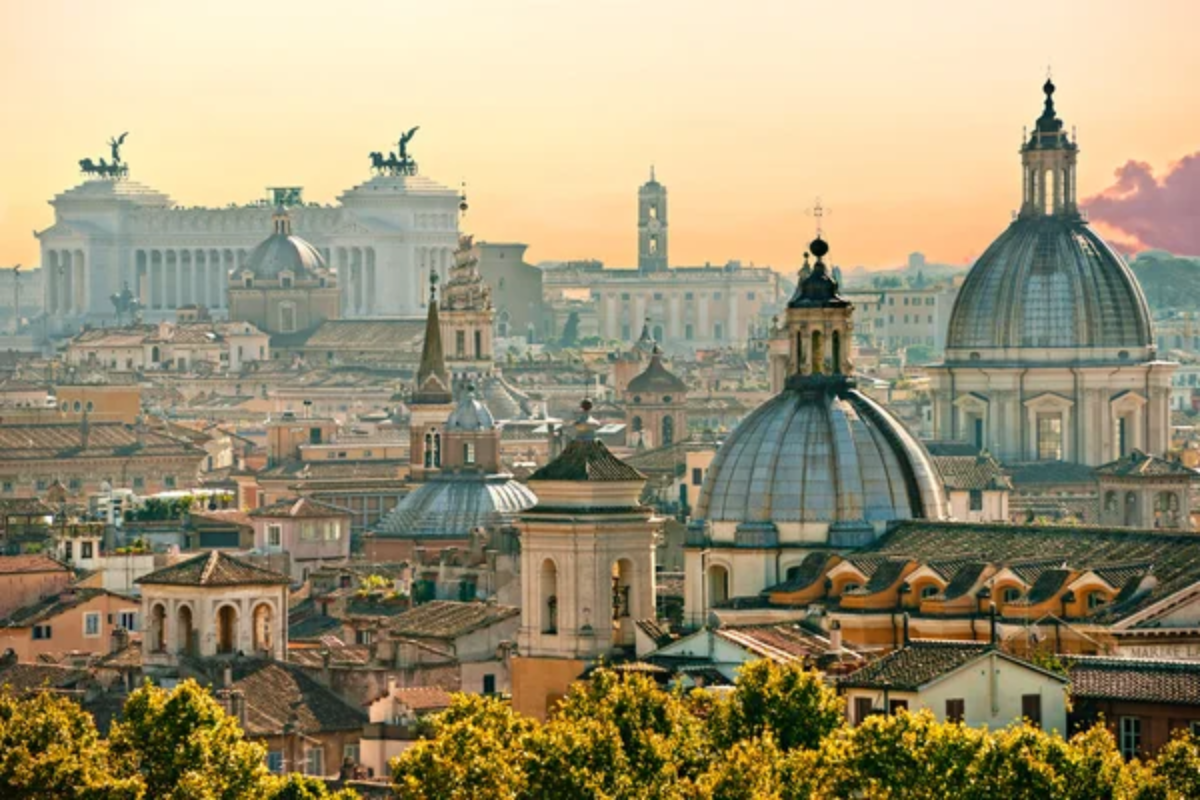
These fifteen sites only begin to explore Rome’s archaeological riches—a city where discoveries continue emerging from construction sites and scientific excavations alike. What separates Rome from static museum experiences is the integration of ancient structures into everyday urban life, where residents shop in converted theaters, dine alongside temple columns, and navigate streets following layouts established before Christianity existed.
The city demonstrates how civilization builds upon itself in continuous layers—preserving, repurposing, and reinterpreting rather than simply replacing what came before.la
More from Travel Pug

- 20 Towns Built for One Purpose That Were Later Abandoned
- 15 Hidden Spots in Disney World’s Magic Kingdom Most Visitors Miss
- 20 Once-Popular Beach Towns That Are Now Ghostly Empty
- 15 Canyons in the U.S. That Are Just as Stunning as the Grand Canyon
- 10 Under-the-Radar Mountain Towns That Are Both Affordable and Beautiful
Like Travel Pug’s content? Follow us on MSN.
